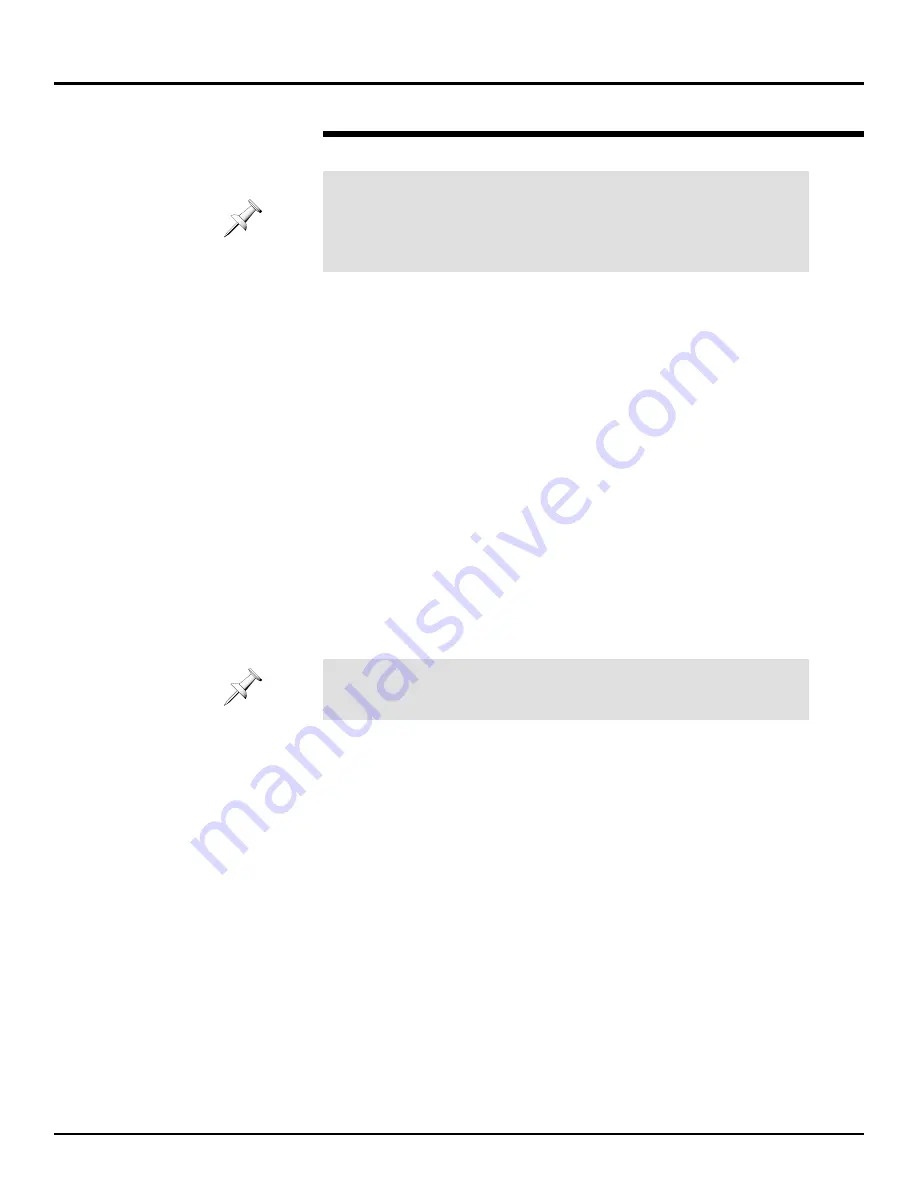
1.
Press FLEX BUS MASTER 1-12.
We’ll begin by exploring the controls that determine how the effect is
heard in the main mix.
2.
Press CH LEVEL. As with your input channel earlier in this
application guide, this will let you adjust the effect’s level.
3.
The lit green (AUDIO) STATUS button above the first channel strip
indicates that Effect 1’s return is currently being sent into the main
mix. Make some noise into your mic and press the (AUDIO)
STATUS button to turn off the return’s send into the mix—Effect 1
goes away. Press the button again to re-activate it.
4.
Move the first fader up and down as you make some noise into your
mic to hear the way the effect’s volume changes when you adjust
how much of its return is sent into the main mix. When you’re done,
set the fader to 100, as shown on the display.
5.
Press CH PAN.
6.
Raise and lower the first fader to hear how Effect 1 shifts from side
to side in the main mix. This pan control preserves the “stereoness”
of the effect while shifting its entire stereo image to the left or right.
Return Effect 1 to the center—“C” on the display—when you’re done
experimenting.
7.
Press Channel 1’s (AUDIO) STATUS button to remove Effect 1’s
return from the main mix before proceeding.
Suppose you wanted to send Effect 1 to a pair of tracks on a
multitrack recorder. You could do this by assigning it to a pair of Flex
Busses. Let’s send Effect 1’s return to Flex Busses 9 and 10, which
are external-only Flex Busses. We’ll do this using essentially the
same method we used when we sent our input signals to Flex
Busses 1 and 2 on Page 23, although the screens we’ll encounter
look slightly different.
The first steps—as before—involve linking a pair of Flex Busses and
setting up their output routings.
8.
To link Flex Busses 9 and 10, press FADER UTILITY and then F1
[CHANNEL LINK]. Press PAGE DOWN twice and press F5 [LINK].
9.
If your processor is a VM-7200, Flex Busses 9 and 10 have their
own dedicated output jacks, so skip to Step 10.
If you’re using a VM-7100:
•
Hold down Flex Bus Channel 9’s CH EDIT button and press the
QUICK CH EDIT MULTI OUT button.
•
Turn V3 [MULTI OUT SEL] to select the desired multi out. For
this example, select Multi Out 17 (AKA ASSIGNABLE OUT 1)
and press F3 [SET] to activate the connection.
•
Press Flex Bus Channel 10’s CH EDIT button and use the
same method to select and activate Multi Out 18
(ASSIGNABLE OUT 2).
©
2000 Roland Corporation U.S.
Getting Started with the VM-7000
2796US, v1.0
Page 34
Setting Up a Send-and-Return Effect (Continued)
®ÂØÒňÎ
Application Guide
Getting Started with the VM-7000
When you press this button, the console’s channel strips control the 12
Flex Busses. However, when you’re using a send-and-return effect,
something special occurs: the channel strip that numerically
corresponds to each send-and-return effect also controls how its return
is sent into the main mix, cue mix and to other Flex Busses.
Though you don’t need to try this now, you can send Effect 1’s return
into the cue mix and set its cue panning by pressing SHIFT + CH
LEVEL or SHIFT + CH PAN, respectively, and moving the first fader.






























